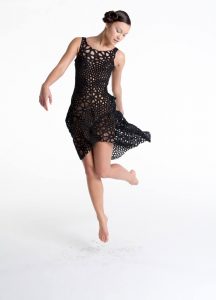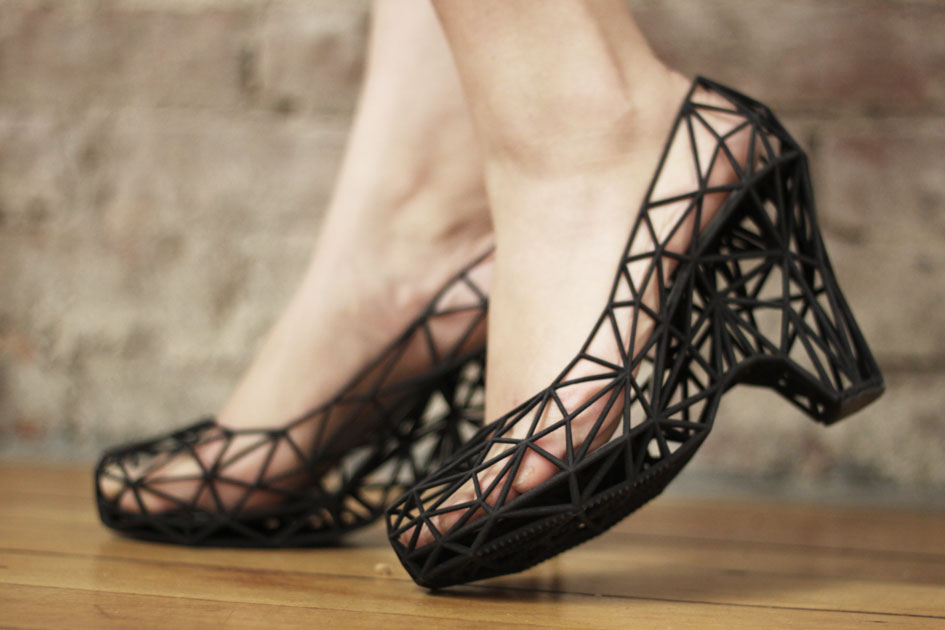Refik Anadol is media artist who heads his own design studio focussed mainly on public art driven by site specific parametric data. The studio is based in Los Angeles California and as a result, Anadol is also a lecturer and researcher at UCLA’s Department of Design Media Arts. With degrees in Fine Arts and Media Arts, Anadol describes his work as a hybrid between physical, architectural spaces and digital media.
Refik Anadol’s body of work is largely made up of exhibition / public installation projects that visualize data in dynamic and interesting ways. I was initially drawn to his work because of the unique aesthetic quality of his projects but after looking further into them, I found the data driving the designs to equally important. One of the projects that I feel showcases Anadol’s work best is the installation called Melting Memories.
In the Eyeo Festival presentation, Refik Anadol began by explaining the inspiration behind his works and how he initially got into data visualization and media art. Then after providing context for his work, he presented his work with a combination of images, animations and text to fully convey his intentions to the audience. The dynamic nature of many of the projects meant that animation was an ideal format to showcase the work.
![[OLD FALL 2019] 15-104 • Introduction to Computing for Creative Practice](https://courses.ideate.cmu.edu/15-104/f2019/wp-content/uploads/2020/08/stop-banner.png)


